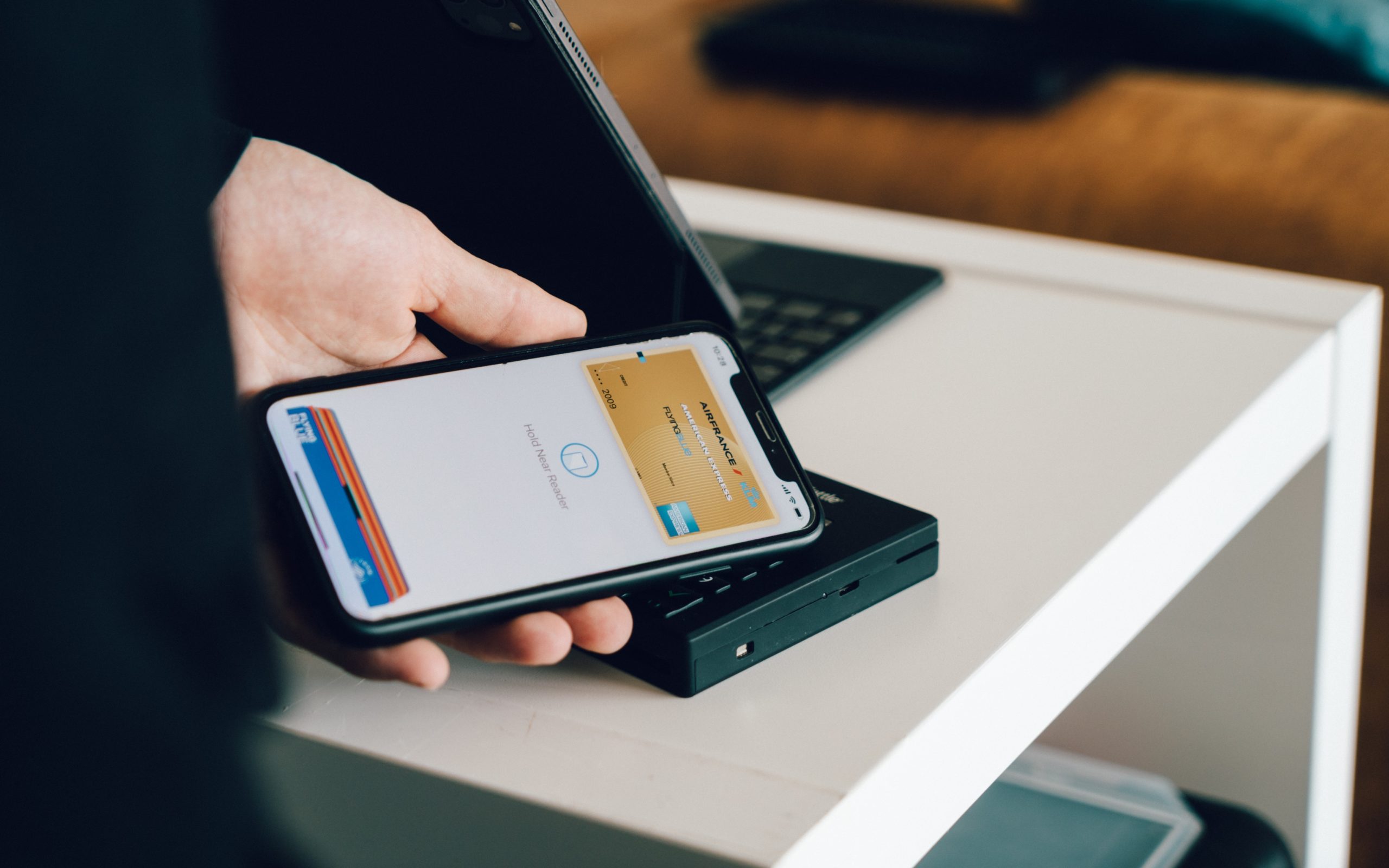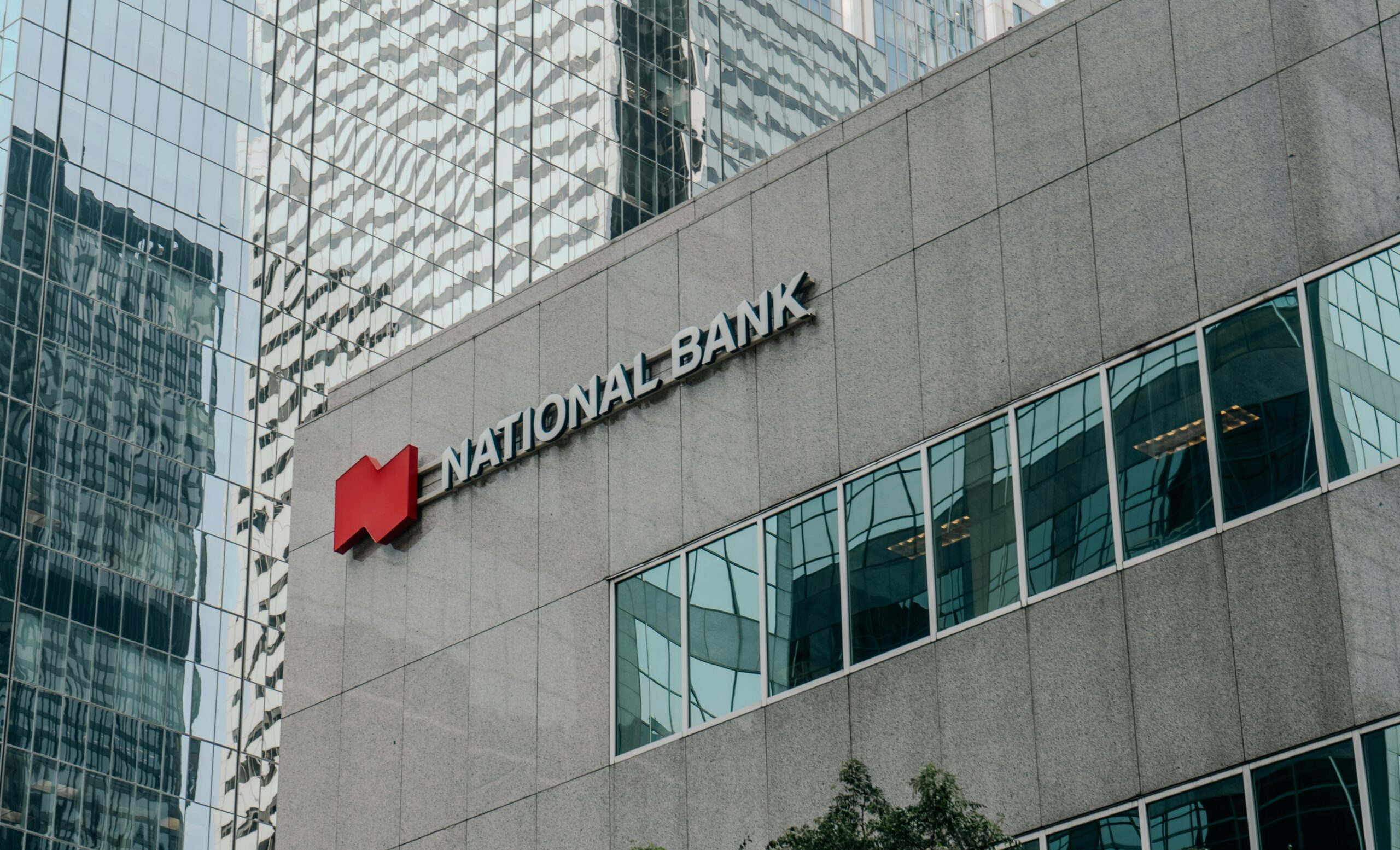The capacity to move money overseas has become essential in our constantly globalized environment. Moving money across borders helps to overcome physical obstacles, whether it is for commercial purposes, supporting loved ones, or funding studies elsewhere. However, how can one make their way through the confusing web of costs, currency rates, and choices? Let’s simplify the procedure and demythologize it.

Reason to transfer money internationally
There are several reasons why people send cash abroad, including:
- Family support
People who work overseas frequently send cash back to assist their families.
- Education
Children studying abroad get cash from their parents to cover living expenses or tuition.
- Business
Businesses pay foreign partners, suppliers, or workers in other nations.
- Travel and leisure
For crises or lodging, travelers might need to transfer money.
- Real estate or investments
Secure and effective money transfer services are necessary when investing in real estate or enterprises abroad.
Although the motivations may vary, the objective is always the same: to guarantee that the cash reaches the receiver safely, promptly, and reasonably.
Ways the international money transfer work
Fundamentally, sending money across borders through a network of institutions or transfer of funds is changing one currency into another. This is how it usually operates:
- Sender initiates transfer
You provide information such as the recipient’s name, bank account information, and the desired payment amount.
- Exchange rate applied
A currency exchange is performed on your funds. The amount that the receiver will get is determined by the exchange rate.
- Fees deducted
The costs that service providers charge for the exchange might vary greatly.
- Money delivered
Through their financial accounts, mobile wallets, or cash, the receiver gets the cash in their local currency.
The range of options offered might make the procedure complex, even if it may seem simple.
Key factors to consider when transferring cash
Take into account the following while deciding on a money transfer method:
- fees
While some providers take a portion of the money sent, others charge flat rates. Keep an eye out for hidden costs.
- Exchange rates
The exchange rates are not all generated equal. The quantity received can be greatly impacted by even a slight variation.
- Speed of transfer
While some providers can provide money very quickly, others can take a few days.
- Security
Verify if the service provider abides by international laws and employs encryption.
- Accessibility for the recipient
Verify if the receiver may simply access the funds using the method of their choice.
Popular methods for international cash transfers
Here are a few popular methods for sending cash abroad:
- Banks
Traditional participants in global money transfers are banks. Although they offer dependable and safe services, they may be costly and sluggish. In comparison to alternative solutions, banks sometimes impose exorbitant fees and provide less advantageous exchange rates.
- Online money transfer services
Money transfers have been transformed by platforms like Revolut, PayPal, and Wise (previously TransferWise). These services are quick, easy to use, and frequently less expensive. They are well-liked by both consumers and small enterprises since they provide clear costs and real-time currency rates.
- Mobile wallets
Transfers may be made easily with mobile wallets like M-Pesa or Paytm in areas where smartphones are widely used. Particularly for those without conventional bank accounts, these platforms are practical.
- Cryptocurrency
Cryptocurrencies like Bitcoin provide a contemporary substitute for tech-savvy customers. Although transfers are quick and can avoid conventional banking institutions, there are still issues with volatility and low adoption.
A closer look at exchange rates and fees
The conversion rate is one of the most important factors in cash transfers abroad. The ultimate sum might be greatly impacted by even a tiny margin that the service supplier applies. Sending $1,000, for instance, with a 2% unfavorable exchange rate may result in a $20 conversion loss.
Additionally, fees can mount up rapidly. While some services take a percentage (e.g., 2%), others impose a fixed cost (e.g., $10 per transfer). Before transferring, compare providers to save cash.
The future of international money transfers
International payments are becoming quicker, less expensive, and easier as technology advances. Even more efficiency and security are promised by developments like robotics and the distributed ledger. For example, blockchain is being used by certain firms to provide instantaneous, low-cost international transactions.
To guarantee that money transmission services are available even in rural or underprivileged locations, governments and organizations are also striving to enhance financial inclusion.
You may also find these articles helpful
The transaction cost of Filecoin
Advantages and disadvantages of EOS
Advantages and disadvantages of Klaytn









